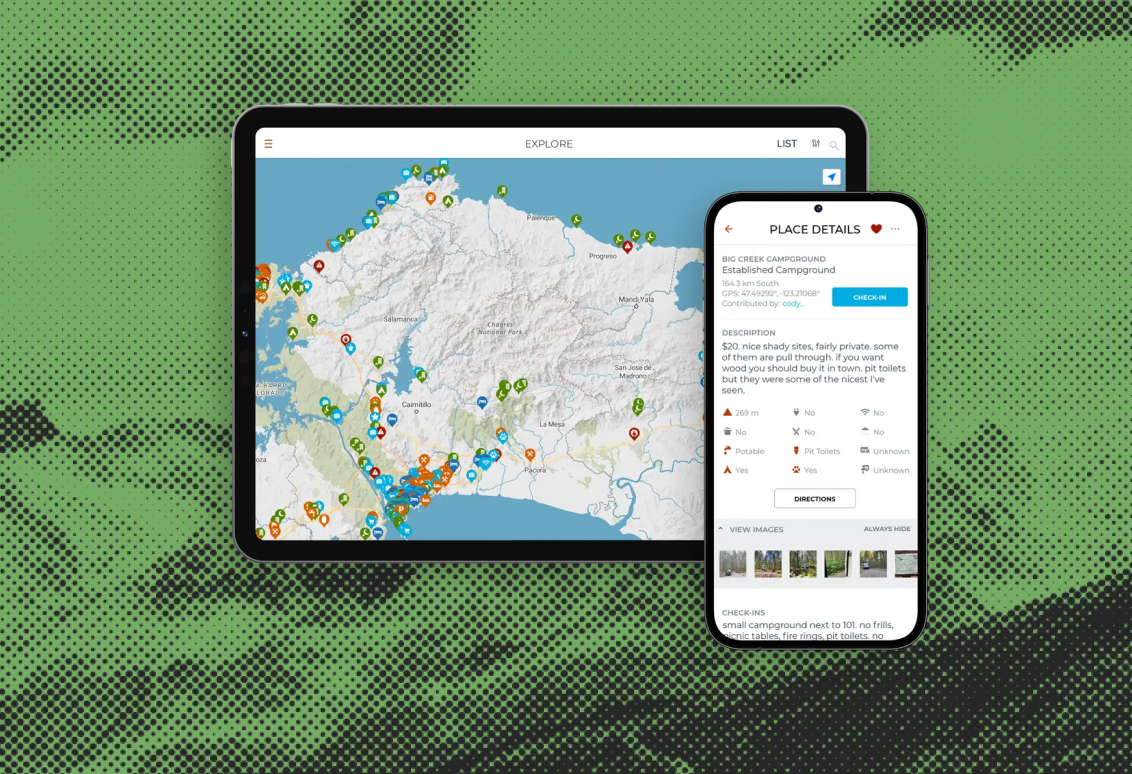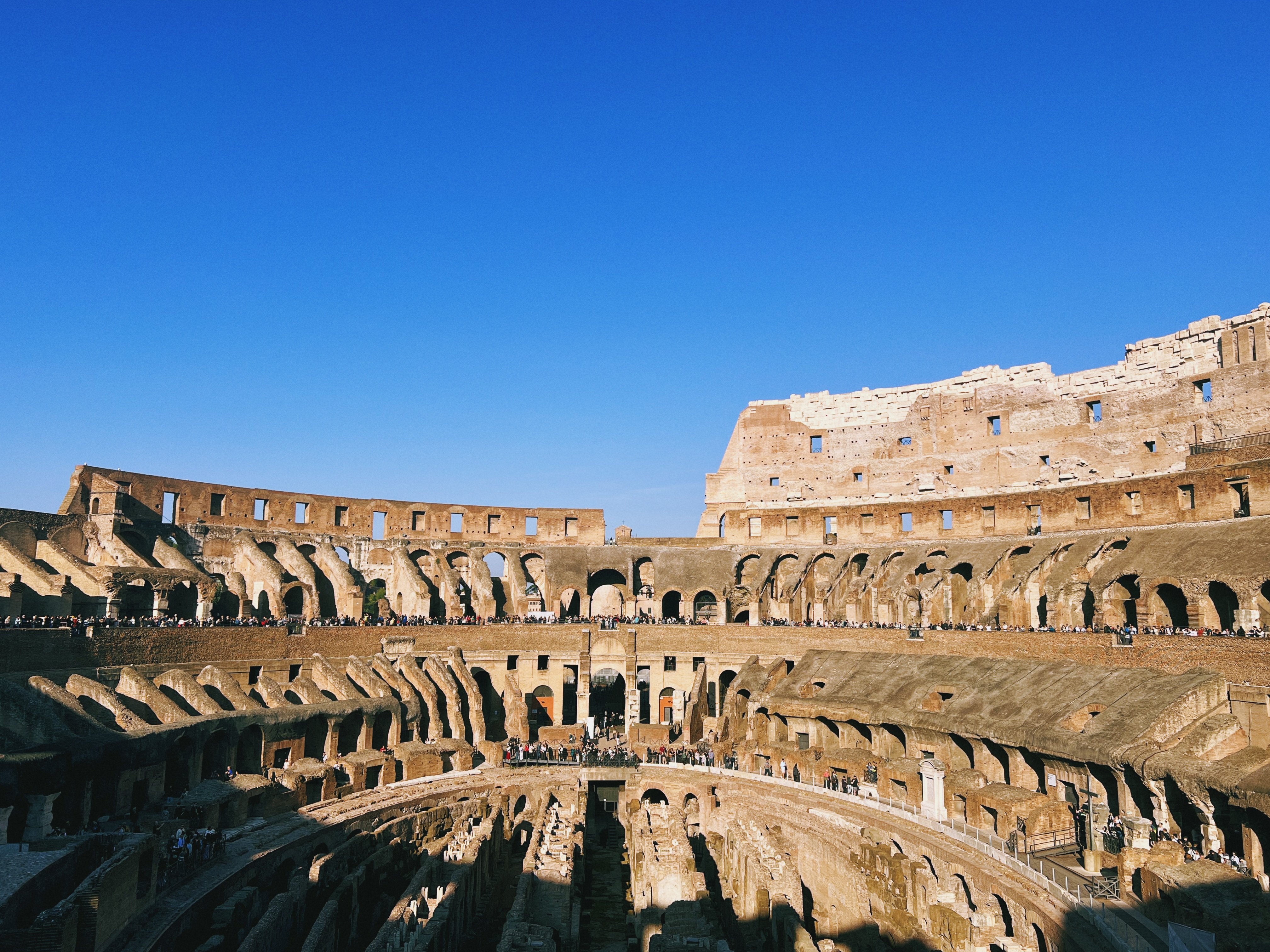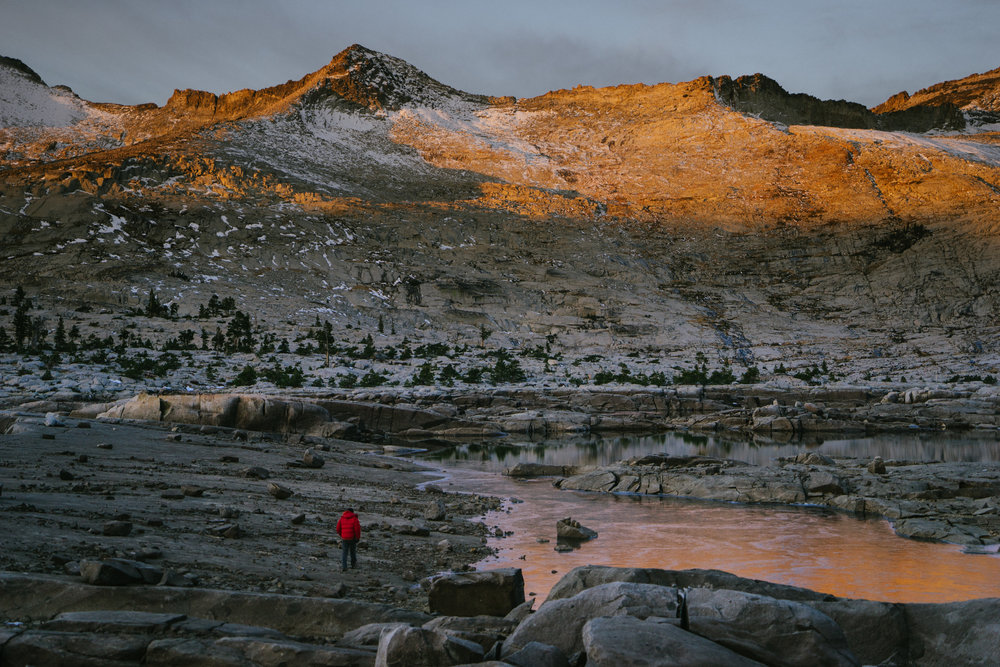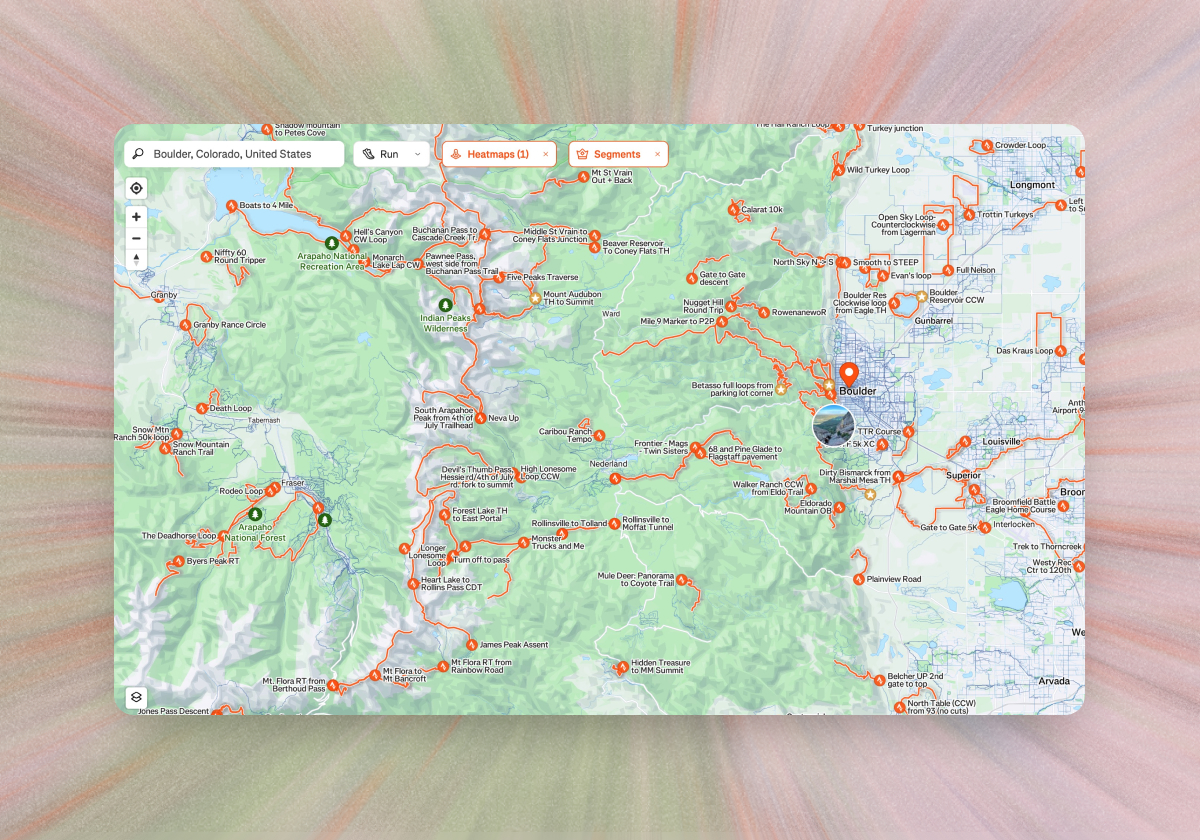If you’ve spent any time overlanding, RVing, vanlifing, or even weekend car camping over the last decade you might be familiar with iOverlander. It’s known for being a scrappy, slightly janky little app that can help you find anything from gas in a remote part of South America to a free pull-out spot off a dirt road in Utah where you can sleep without being hassled. Like many passion projects, it ran on fumes and goodwill for longer than it probably should have.
In 2024, the team announced that the original app would go dark, making way for a ground-up rebuild. An updated tech stack, offline maps, new UI… and subscriptions. What the team didn’t plan for was the community’s reaction.
From Passion to Platform
The backstory follows a familiar arc for tech in the outdoor space. Started by travelers Jessica Mans and Sam Christiansen in 2014, the app was to combine the disparate world of Google Sheets, personal recs, and more, into a single place to find information for people driving the PanAmerican Highway. Over time, it grew far past their expectations in both use case, audience, and geography. Submissions poured in. Word of mouth (and the growth of vanlife over the years) did the rest. iOverlander quietly grew into a global database driven by community check-ins and mutual trust. Hundreds of thousands of people have downloaded the app on Android and iOS.
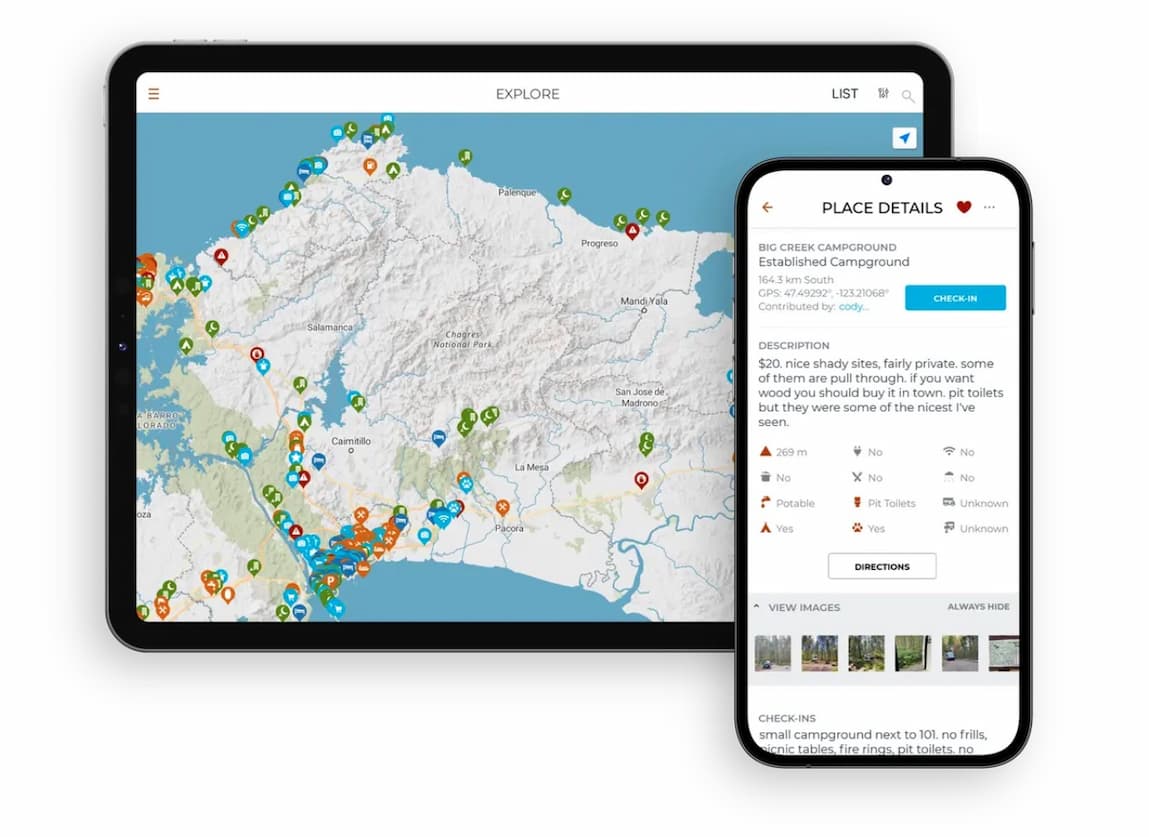
But the cobbled-together DIY scaffolding that held the apps together eventually started to wear out. Syncing was buggy. Volunteer moderators burned out. The final straw was the deprecation of the underlying tech that the app was built on. This necessitated major changes be made in order to keep it running at all. The decision was either to rebuild from scratch and make changes or shut it down completely.
The Rebuild and Backlash
The announcement of the shift happened in mid 2024 and was constantly communicated over the next year. iOverlander fully dropped support for v1 in April of 2025. The 2.0 version promised more modern code and new features like true offline maps, search, favorites, and a new interface. But the biggest change was putting significant portions of the app behind a paywall.
For the developers, it wasn’t really a choice; it was a necessary change in order to keep the operation of the app viable. Jessica Mans explained the challenges with running a “free” app, and why it wasn’t working in a candid podcast with Expedition Portal. The goal was to cover the real costs of development, moderation, and support without compromising their values. Newer updates have enabled them to pay moderators, hire support staff, and improve the platform in ways that were not possible before. She says they are continuing to adjust the pricing and access to keep it fair.
But for longtime users who’d used the platform for free for years, the change hit hard. They went from free to either $60 or $100 per year (yes, free still exists, but not with the same features they’d previously had access to). The app reviews, comment sections, and Reddit posts are filled with frustration. Some hate the redesign. Others balked at paying for something they’d helped build. A few felt straight-up betrayed.
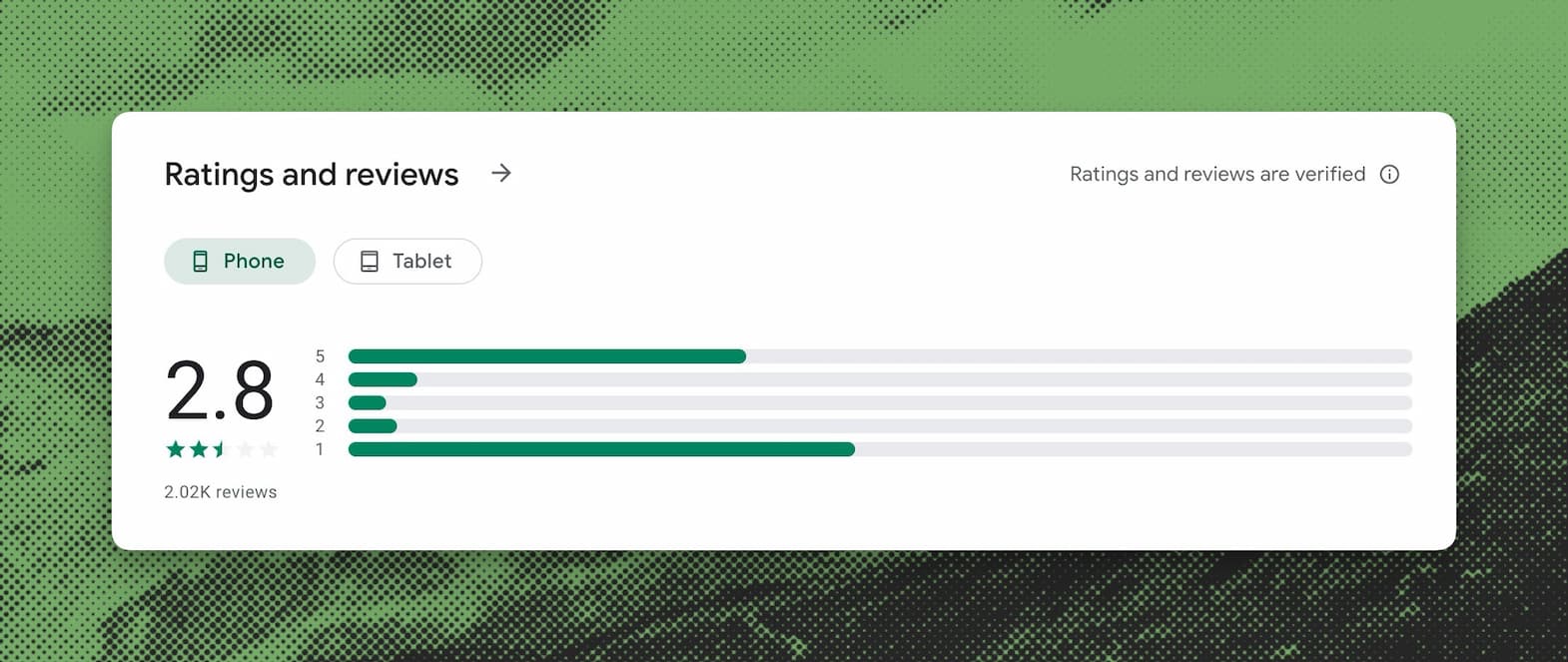
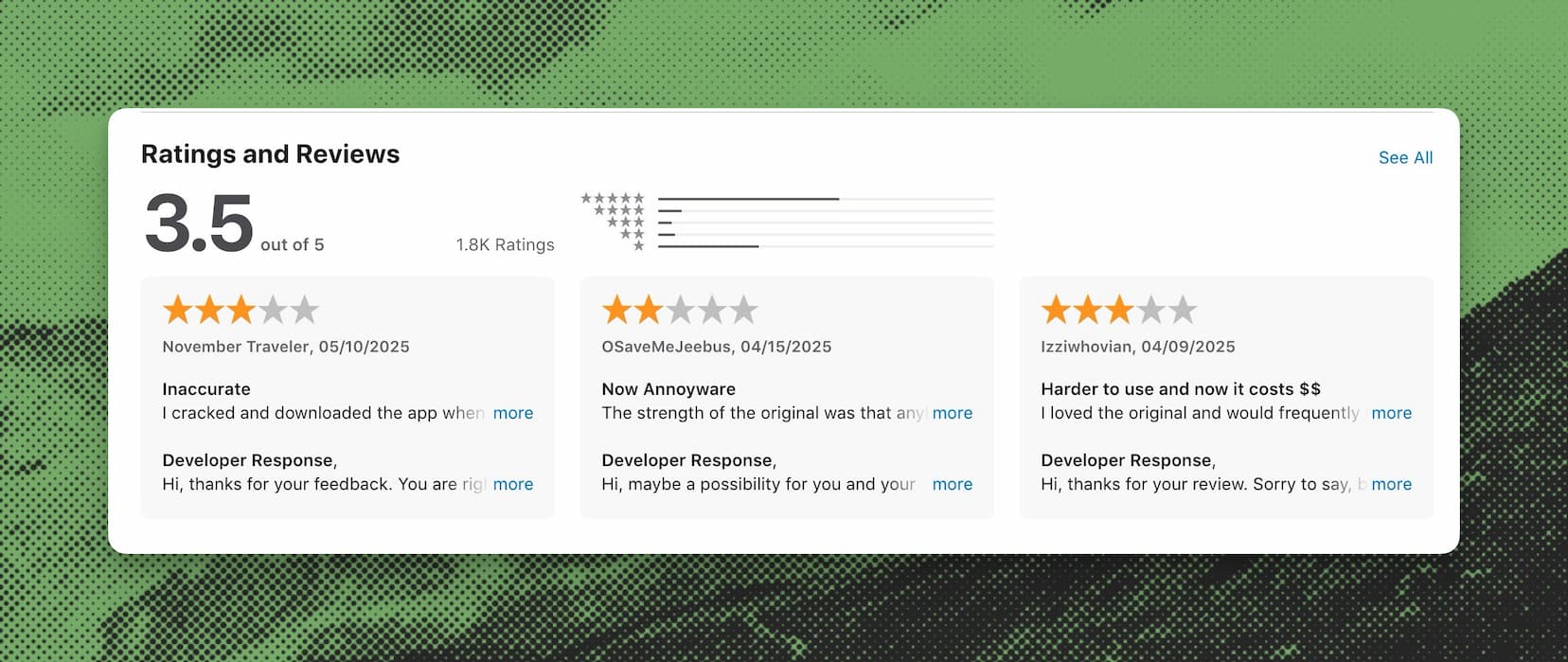
The sentiment is understandable. The value of iOverlander was never the interface. It was the content, and that came from the community. So when the community was suddenly asked to pay for access to data it had, in part, created, it hit a nerve.
But despite the outcry, only about 3% of users have ever submitted a check-in. And over 30% of check-ins come from just half a percent of users. The platform may feel communal but the actual labor has been deeply uneven. A small handful of people were doing the work of an entire movement, while everyone else reaped the benefits. Based on this data, those longtime contributors were granted free lifetime access when v2 rolled out.
Most communities, especially digital ones, are shaped by a small, deeply invested group. The 90-9-1 rule states that “in most online communities, 90% of users are lurkers who never contribute, 9% of users contribute a little, and 1% of users account for almost all the action.” It may be easy to assume that something popular is sustained by the broad “community,” but more likely than not it’s the outsized dedication and work of a few that makes these platforms useful.
Free Fifty
Subscription fatigue is real—Spotify, Netflix, Outside, AllTrails, GPS apps, you name it. The biggest platforms like Facebook, Instagram, and TikTok are able to remain free because of massive audiences, VC investment, and highly sophisticated ad platforms. In the outdoor world especially, we romanticize the idea of community contribution, the dirtbag lifestyle, and sharing of spots. But the tools that make these things accessible to people don’t run on vibes. They run on servers, developers with salaries, and moderation teams.
Tools like iOverlander can feel like they came from an earlier version of the Internet, before everything was monetized out the wazoo. When a price tag appears, it feels like something communal has become transactional.
To be clear, I empathize with the developers. I’m not against (smart) paywalls. This stuff is challenging to build and maintain, and it’s reasonable for them to want to develop a model that is sustainable for them both financially and time-wise. If we want tools to stay reliable, to stay useful, to keep improving, we need to back them with more than just five-star reviews.
Real Problems
Here’s the complication. Complaints about pricing models, warranted or not, are one thing. There are actually plenty of iOverlander users who would generally be willing to pay for the app. But the new version of the app just doesn’t feel “better” to most people. When you introduce a major change to a platform, especially one that comes with major pricing and structural changes, you need to nail it. iOverlander didn’t.
Shifting from my ”outdoor journalism” persona to my “tech/product/design consultant” one, I think iOverlander made some questionable decisions about the user experience that have exacerbated current issues. One major shift was moving to a state-based download system, similar to apps like Mountain Project. But, because the initial app experience is a map view, it leads to confusion when everything seems blank and you can’t quite figure out the new download paradigm. Free-tier users can only download one region, which feels like a major downgrade from the previous, globally accessible version, and requires constantly deleting/downloading in order to be effective.
You can’t search without subscribing. Downloads have no clear progress indicator. POIs are often invisible at different zoom levels, there are overlap/clustering issues, and, from the map, it’s not obvious you can tap locations for details. The generic (and often spammy) banner ad at the top feels intrusive; the interstitial ads are extremely intrusive; the visual hierarchy leaves something to be desired; and, overall, the app ignores a lot of mobile design best practices.
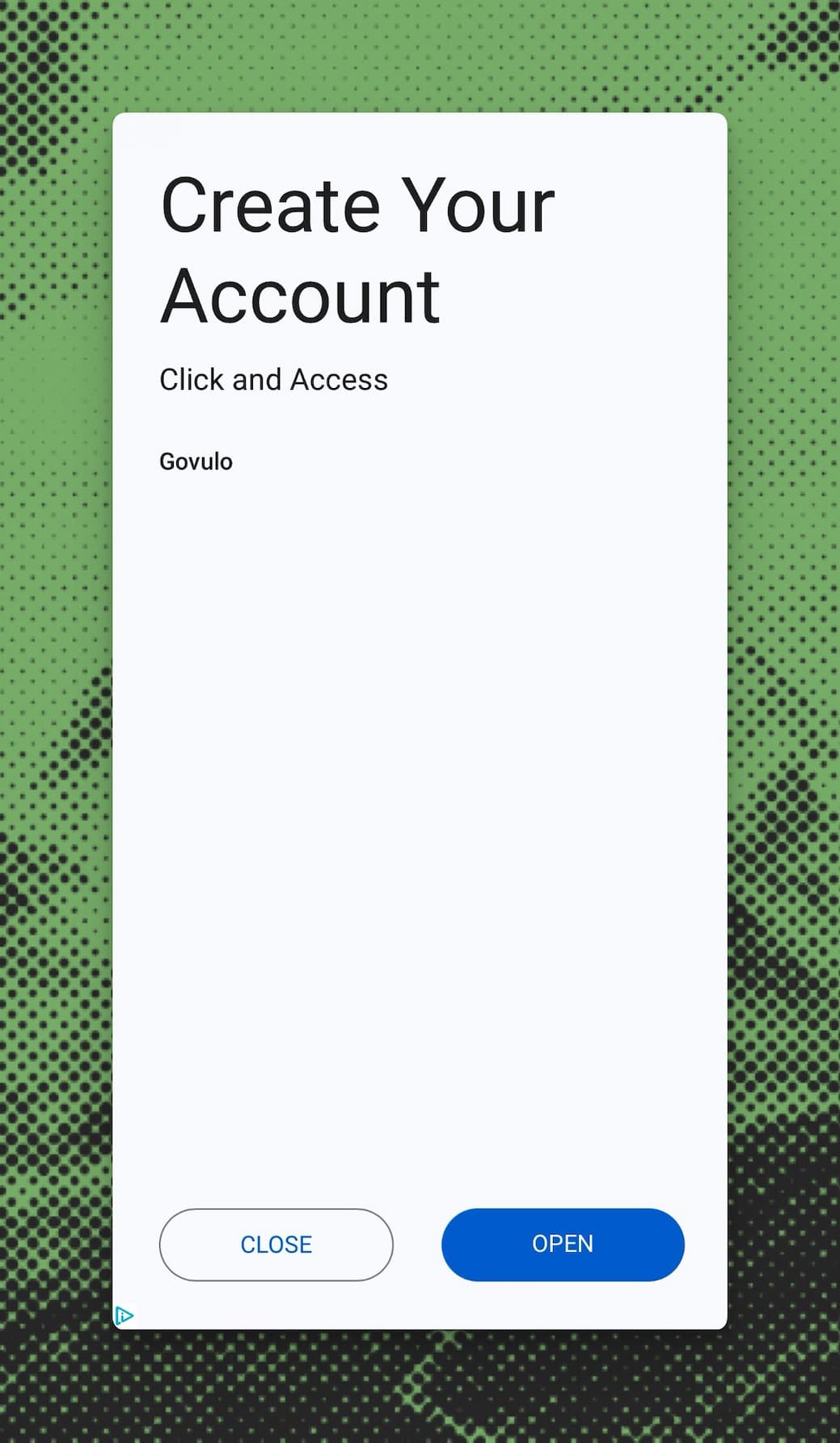
An ultra confusing (and misleading) interstitial ad between actions
Particularly with the growth of AI, there are increasing opportunities to build and run companies with small teams, but this also means that the quality bar is getting higher. When apps are free, users are often willing to overlook the jank. The new version still seems to have a plethora of UX issues, but now with a price tag. These are all solvable problems, if prioritized, but when paired with a drastic shift, it’s clear why the community has reacted this way.
What comes next
The original app is gone. V2, complete with subscriptions, new features, and lingering frustrations, is now the reality. And that leaves both the developers and the community facing a shared challenge.
For the iOverlander team, the task ahead is not just about justifying the price. It’s about delivering a version of the app that feels worth paying for. That means fixing the UX issues, responding to user feedback, and probably re-thinking how paywalls are structured.
At the same time, users have their own reckoning to face. Not everything can be free and volunteer-run. The romantic ideal of services built on trust and kindness and community still holds meaning, but maintaining them requires more than goodwill in the bank.
